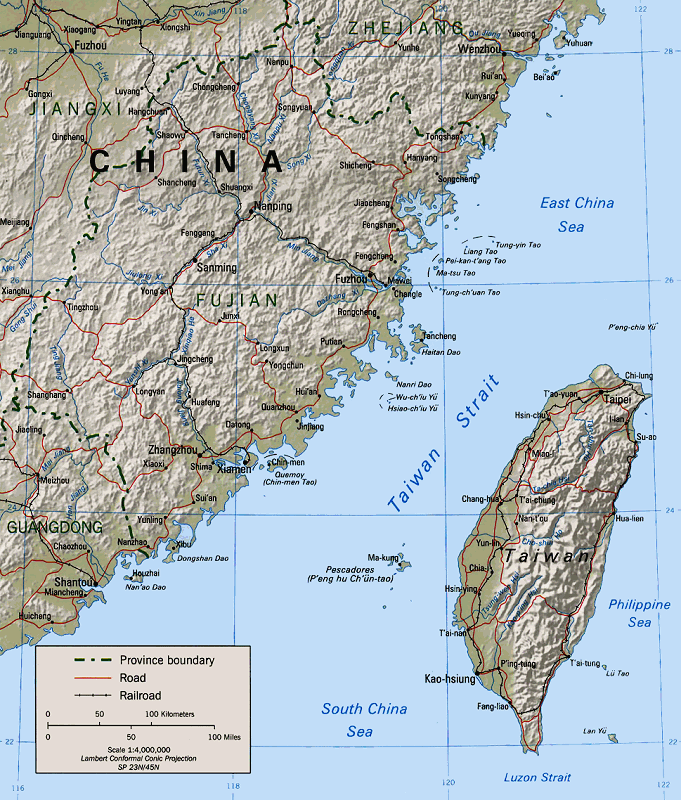Cross-strait relations: Xi Jinping meets KMT Eric Chu in Beijing
A historic meeting took place on May 4 in Beijing, where, in the Great Hall of People, Xi Jinping held talks with Eric Chu. The two leaders hold the chairmanship of the respective parties, but, while Xi Jinping is both the head of Chinese Communist Party and the President of People’s Republic of China (PRC), across the strait the state of things is pretty different. In Taiwan, Mr Chu is the head of the Nationalist Party, also called Kuomintang (KMT), while the Presidency is currently headed by Ma Ying-jeou, the real holder of power on the island.
Back in 1949, the Nationalists led by Chiang Kai-shek left mainland China and declared independence, founding the Republic of China (ROC). Since that day, this is the second time that the leaders of the two parties talk in a formal meeting. The first one was not long ago, when then-Chairman Lien Chan made his historic tour of the PRC in 2005.
“The two sides can consult with each other on equal basis under the principle of “one China” and reach a reasonable agreement” Xi said before the talks. According to the “one China” principle, there is only one country, which Taiwan is part of. Even if such a declaration might not sound promising when about to discuss cross-strait issues, this meeting could represent a great achievement in bilateral relations. It is in fact the outcome of a ten-year gradual cross-strait diplomacy, which started under the leadership of Hu Jintao and its efforts towards reunification. Hu opened up the dialogue with Taiwan, negotiated the Economic Cooperation Framework Agreement in 2010, and improved the air and postal links between the two.
In his China tour, Chu first stopped in Shanghai, where he led a delegation to attend the 10th Cross-Strait Economic, Trade and Culture Forum, which gathered high-ranking officials from the two sides of the strait. The forum was aimed at strengthening cross-straits relations to the benefit of small and medium enterprises, as well as and innovators, start-ups, and grassroots associations.
After that, Chu flew to Beijing to meet with PRC President and discuss business ties and political differences. This tour comes at a very timely moment, after China’s rejection of the Taiwanese request to join the Asian Infrastructure Investment Bank (AIIB) as a founding member, and the Nepalese refusal of ROC’s aid in after-quake restoration, clearly meant to avoid upsetting its generous mainland China’s ally.

As declared to CCTV, party exchanges and cross-state relations have been discussed during the meeting, with both sides agreeing on the will to further discuss ways for Taiwan to participate in the AIIB. During last decade, with the gradual softening of tensions, economic exchanges between China and ROC have deepened. Trade between the two sides accounted for about €180 billion in 2014, which doubled the volume in 2005. People-to-people exchanges have also seen a very important increase, with visitors coming from Taiwan to the mainland rising to over 5 million in 2013, and reaching quota 3 million in the opposite direction.
What kind of effect the talks will bring is hard to predict, and much will depend on the will and capacity of Xi to gain momentum. The talks are meaningful especially in relation to the KMT defeat in last November’s local election, in favour of the Democratic Progressive Party and its pro-independence view, an anathema for Beijing. Could Chu’s China tour represent a last desperate move to gain attention? Any sign of warming relations between the sides is controversial in Taiwan, which has seen protests over the prospect of closer ties.





